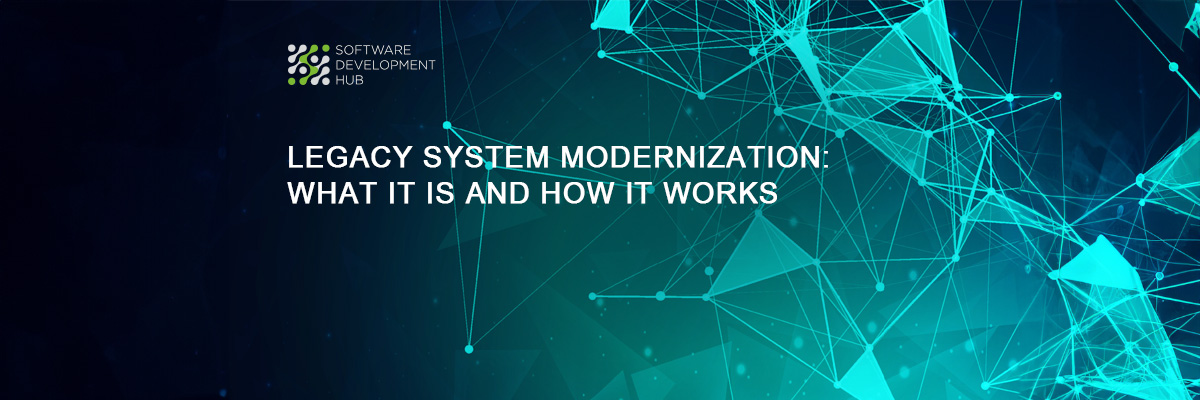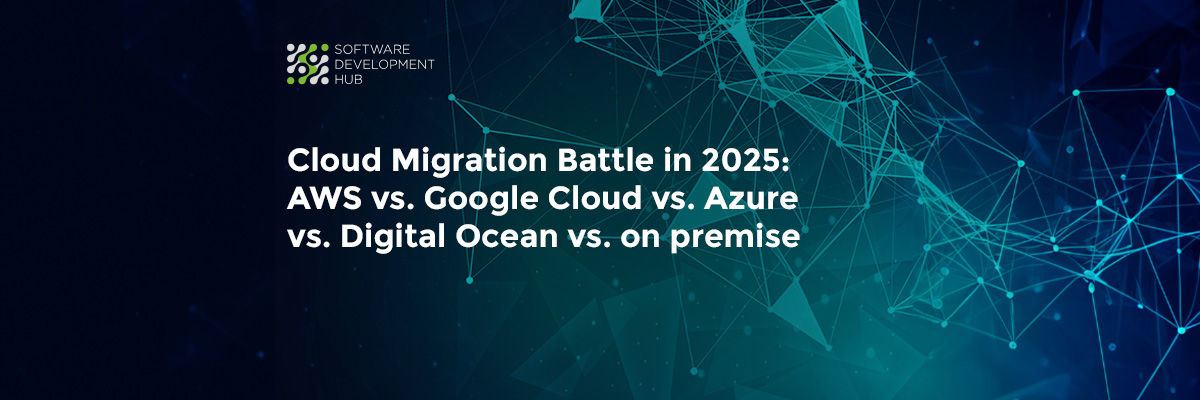Stages of The Startup Life Cycle
The concept of a “startup life cycle” refers to the different stages that new companies go through as they grow and develop. Understanding these stages is crucial for project managers. They need to assess the risks, issues, and benefits at each phase of the project. The startup life cycle has many stages. As companies grow, they can become popular or face challenges. They may compete with other startups. Companies may promote their products before they are ready, leading to delays and potential failures. The startup life cycle stages described by Max Marmer have become widely used by startup communities and investment funds in recent years. This reflects the desire of many startups to classify and track their operations and changes.
Startup life cycles can vary. But many startups go through common stages. Max Mramer describes these stages in detail. These stages greatly shape a company's growth. The startup life cycle has a format. It deals with startups as a type of business. It praises innovators. And it lays out principles that apply to startups.
Startup life cycle
Opening
- The market and competitors, potential customers are being investigated;
- Users experience of the first iteration is designed;
- Relevance of the issue and the solution is being worked out, market is checked;
- MVP is created.
Testing
- The relevance of the solution to the problem for the market is being investigated while parallelly the market is being researched;
- MVP is deployed;
- Product validation is happening;
- The users’ experience with the application is reviewed and upgraded, depending on the validation tests results;
- The product is being updated on the stages of version both;
- The procedures in line with the product-market fit are running.
Efficiency
- Correspondence of the product to the market is reached;
- Preparatory work before scaling is done;
- User experience is optimized to prevent rapid growth of the number of users;
- Productivity is optimized (with the same aim);
- Operational workflows, while preparing for scaling, are reviewed and streamlined;
- Strategies’ validation tests are carried out.
Scaling
- Scaling strategies testing is completed;
- Optimization of operating systems reaches the desired level;
- Aggressive growth is accompanied by active promotion of the product;
- Validation tests are carried out to achieve the level of reproducible sales process at scale.
Profit maximization
- Successful scaling of business allows to speak about the status of an estblished company;
- Manufacturing, and revenue-generating operations are expanding;
- The system is being optimized in order to maximize profits.
Update
- The company’s profits peak;
- Project system optimization is at its highest point;
- There are trends to create new companies and products that will become innovative in the market;
- Active searching for other companies and technologies is taking place in order to expand own market share and to keep the offer relevant;
- Vertical and horizontal expansion is being examined to stem the decline of the company.
Read also: Startup Funding Rounds: Seed Series A, B, C
Stages of business growth have other proposed classifications. These do not have all the stages mentioned before. When working on the product, the founder should use different growth stage models. This can help find good solutions.
Among product teams and startups, the main client is the company Software Development Hub. SDH provides IT outsourcing services. The SDH team boosts ideas for software development, web tech, and mobile devices. They work in digital health, education, accounting, home automation, and security. They help you check if an idea is viable. Then you can develop the product to get maximum benefits. This helps solve issues on a larger scale. Some stages mentioned before can be skipped. You can use other classifications and propose new ones.
Categories
About the authors
Share
Need a project estimate?
Drop us a line, and we provide you with a qualified consultation.









